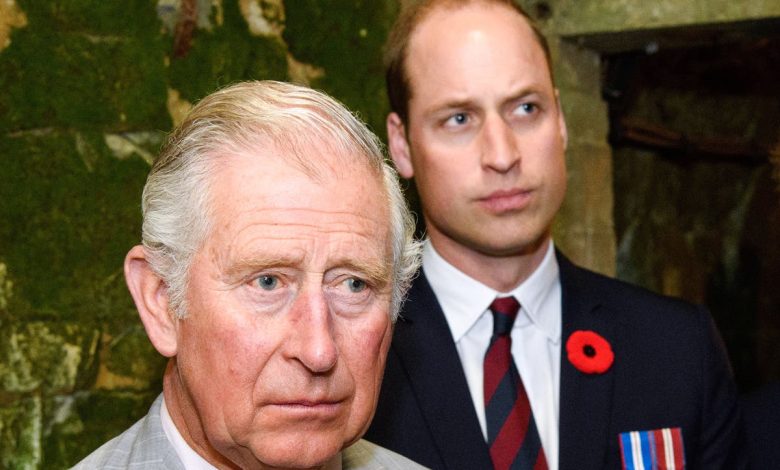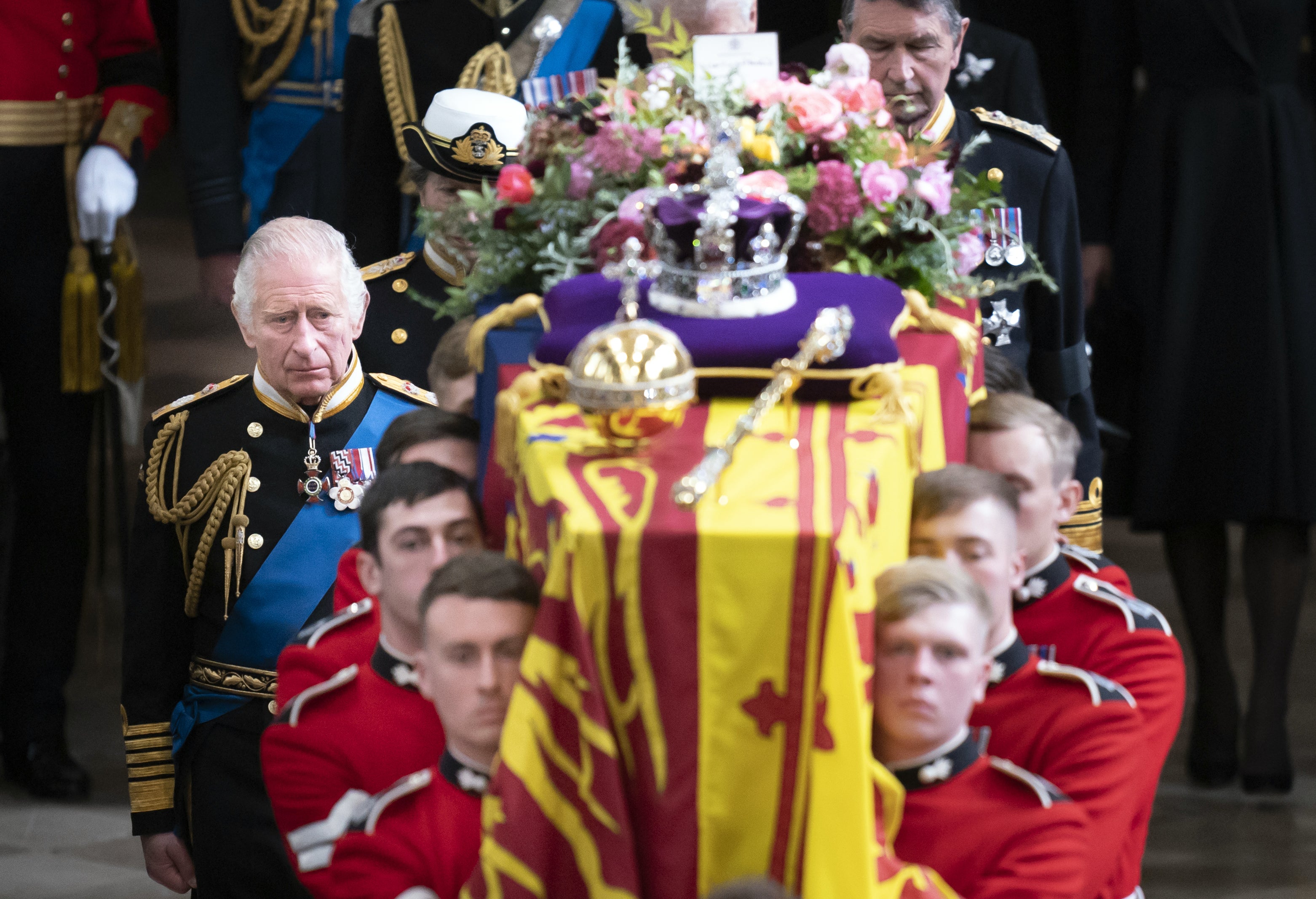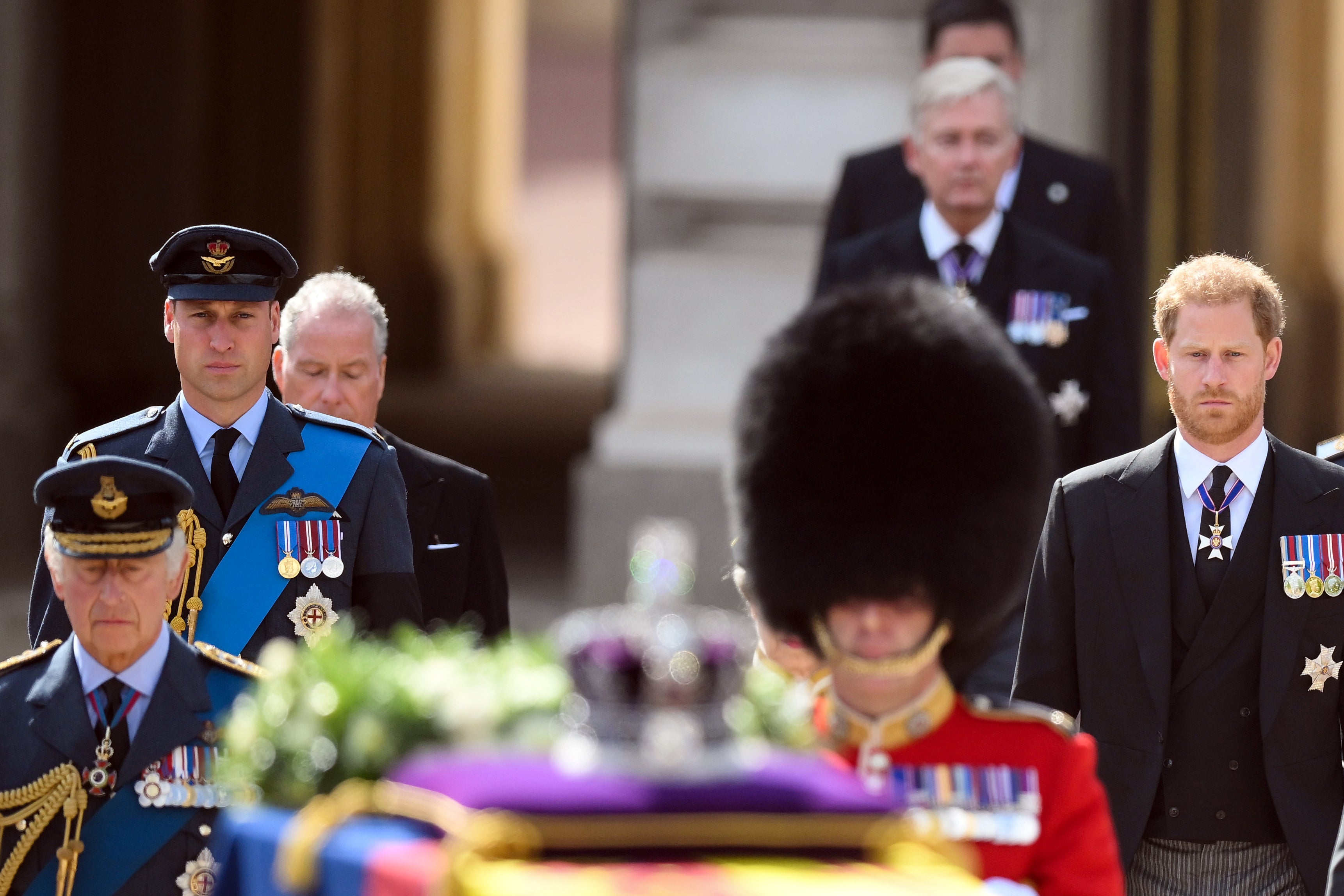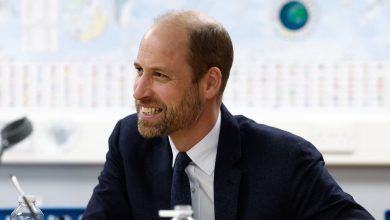
Operation London Bridge: King Charles death plan codename officially upgraded, claims biography
Your support helps us to tell the story
From reproductive rights to climate change to Big Tech, The Independent is on the ground when the story is developing. Whether it’s investigating the financials of Elon Musk’s pro-Trump PAC or producing our latest documentary, ‘The A Word’, which shines a light on the American women fighting for reproductive rights, we know how important it is to parse out the facts from the messaging.
At such a critical moment in US history, we need reporters on the ground. Your donation allows us to keep sending journalists to speak to both sides of the story.
The Independent is trusted by Americans across the entire political spectrum. And unlike many other quality news outlets, we choose not to lock Americans out of our reporting and analysis with paywalls. We believe quality journalism should be available to everyone, paid for by those who can afford it.
Your support makes all the difference.
The codename for the plan triggered in the event of King Charles’s death has officially been upgraded to ‘Operation London Bridge’, the same as his mothers, according to a new book.
Charles, who ascended the throne at the age of 73 following the death of his mother Queen Elizabeth II, was diagnosed with cancer earlier this year and has undergone an unspecified form of treatment for the disease.
Having been given the greenlight to return to royal duties, the King underwent a nine-day tour of Australia and Samoa last month.
While the plan for the immediate days following his death including how the public will be informed, the lying-in-state and the funeral service will long have been established under standard royal protocol, it is the codename that has now been upgraded.
In New King, New Court Charles III: The Inside Story, Robert Hardman gives new details of the plan. “The King’s own valedictory arrangements have now, officially, been upgraded to Operation London Bridge, mirroring those of Elizabeth II,” said Hardman.
These arrangements, which began shortly after his coronation, were described by former Royal Protection Officer Simon Morgan as “inevitable” particularly given the monarch’s age, 75.

Meanwhile, Prince William’s plans have also been upgraded to the codename formerly occupied by his father.
His were once called ‘Operation Clare Bridge’ in recognition of the famous Cambridgeshire crossings. They have now been rebranded ‘Operation Menai Bridge’, a reference to the suspenion bridge linking Anglesey to North Wales.
The royal expert wrote: “That is now the code for the new Prince of Wales, with the ‘Menai’ designation for all his immediate family in numerical order.
“Prince William’s plans had previously been codenamed Operation Clare Bridge, after the famous crossing over the Cam, during his days as Duke of Cambridge. ‘You need a plan for everything.”
In the past, the royal family has always kept such plans private. Hardman said that the meticulous arrangements were drawn following the tragic death of Princess Diana in 1997.
In his book, an anonymous royal insider is quoted saying: “You need a plan for everything, sadly, we all remember the death of a member of the family who died in Paris without a plan.”
Although details of ‘Operation Menai Bridge’ have not been leaked, they are expected to be similar to ‘Operation London Bridge’.

Upon King Charles’ death, immediate family members would be informed first, followed by the prime minister, with the news then shared across the Commonwealth and an official statement issued to the press. When Queen Elizabeth passed, King Charles reportedly insisted the family be informed before any public announcement.
After the announcement, a notice will be pinned to the gates of Buckingham Palace, and flags across the country will be lowered to half-mast. Following royal tradition, Prince William will assume the throne immediately, though his coronation may take place months later.
According to plans, King Charles’s funeral will take place around nine days after his death—mirroring the timeline of his late mother’s funeral. His body will then be interred in the royal vault at the King George VI Memorial Chapel in Windsor Palace.
The nation witnessed the scale of events following the Queen’s death, with hundreds of thousands of mourners queuing for hours to pay their final respects, and millions tuning in to watch her farewell, attended by world leaders at Westminster Abbey. When asked about these plans, Buckingham Palace declined to comment.
Source link



